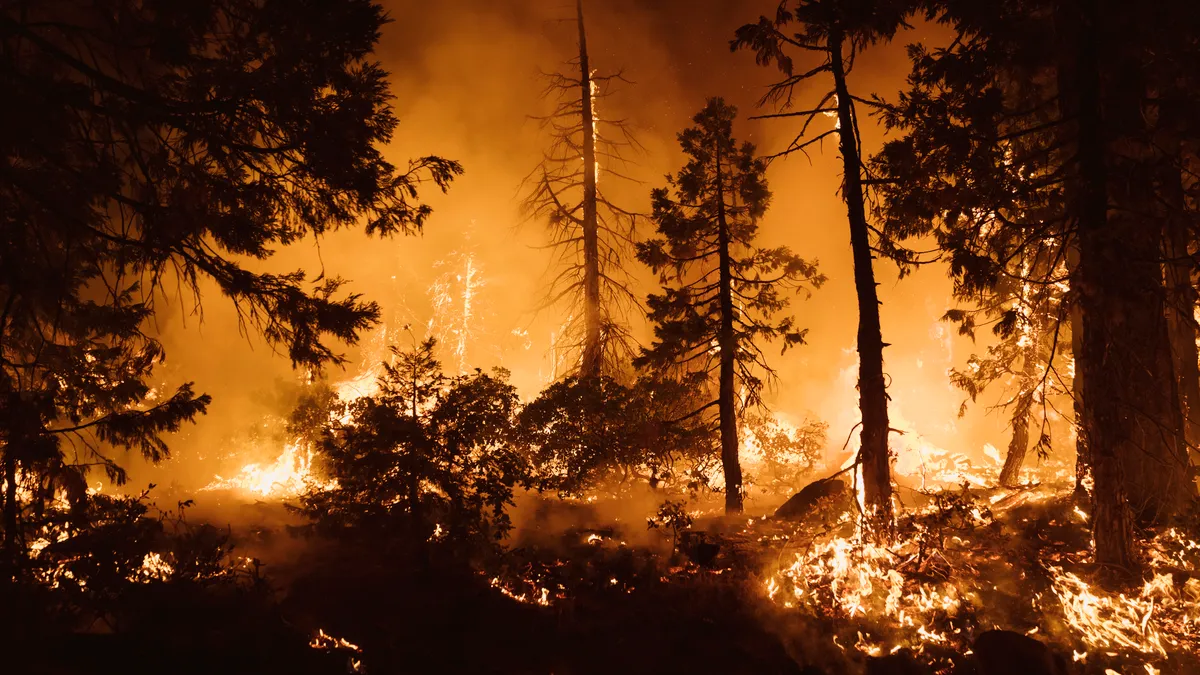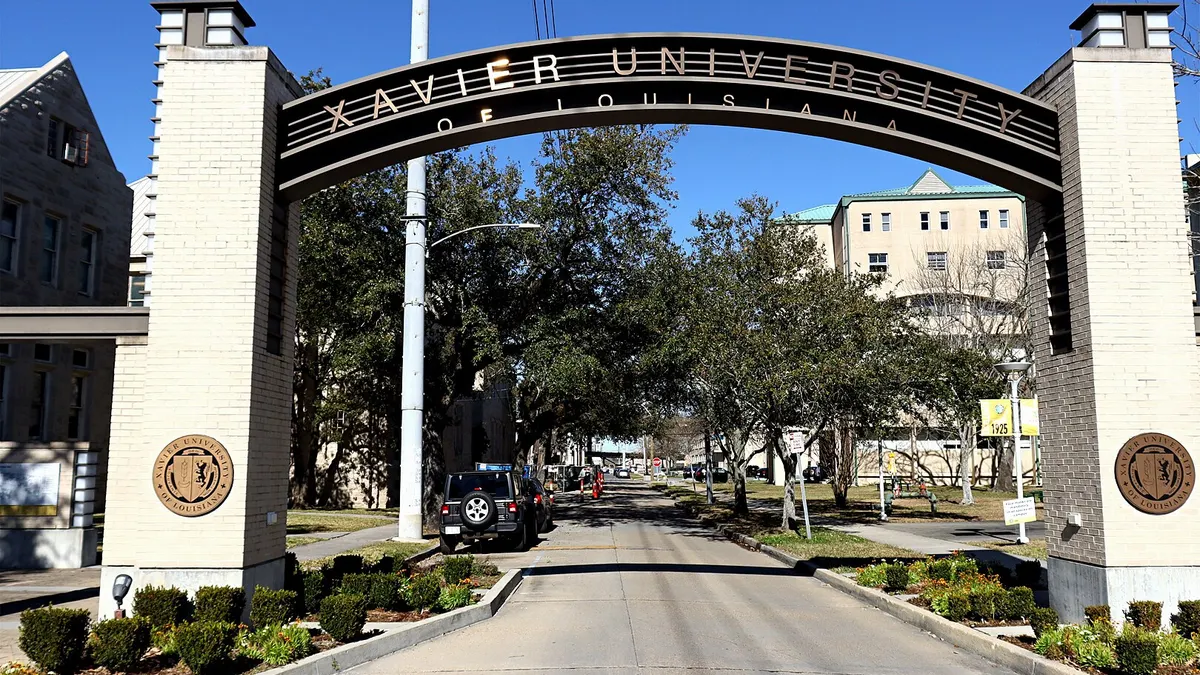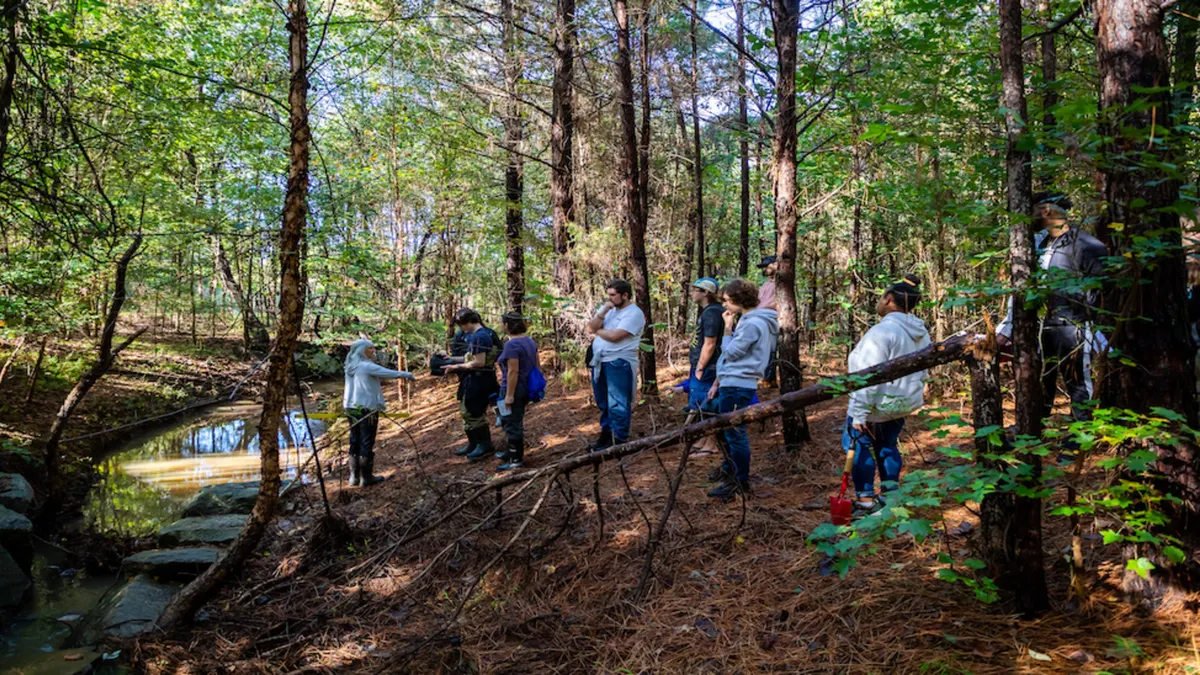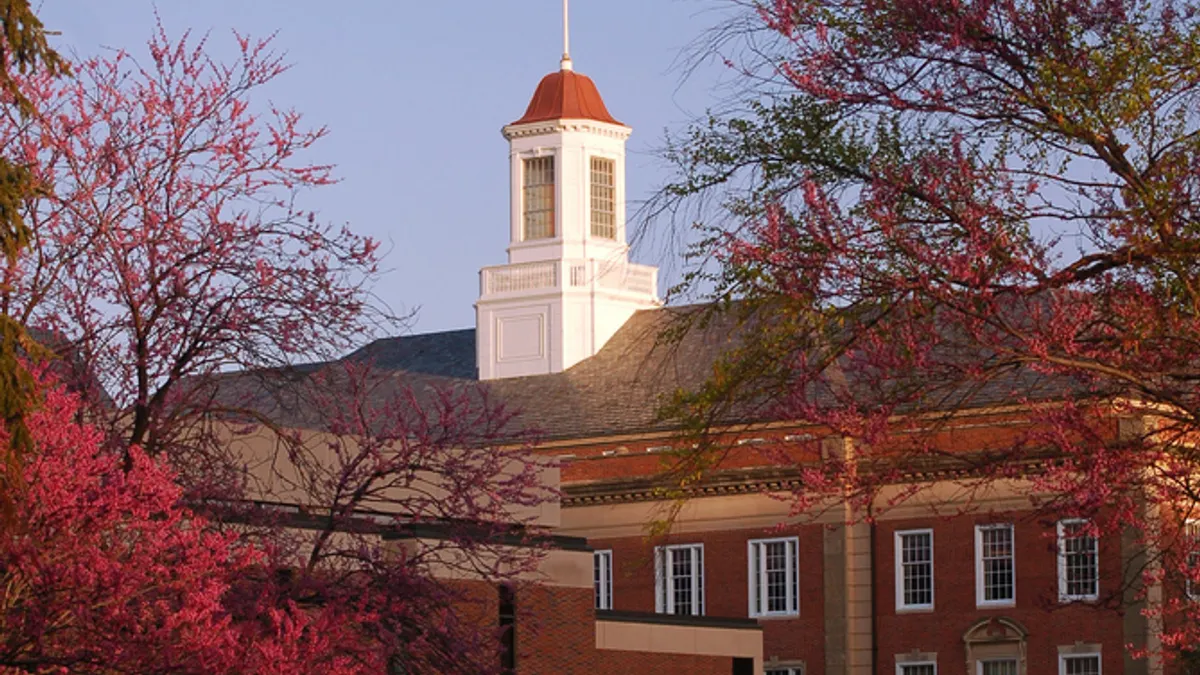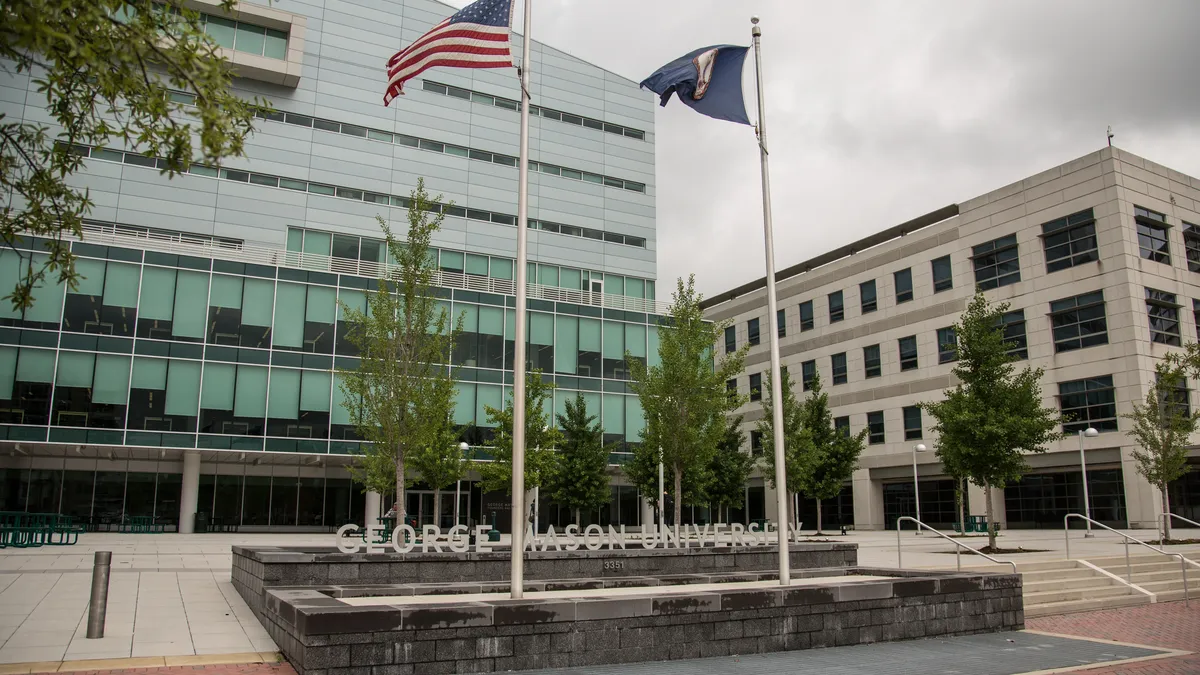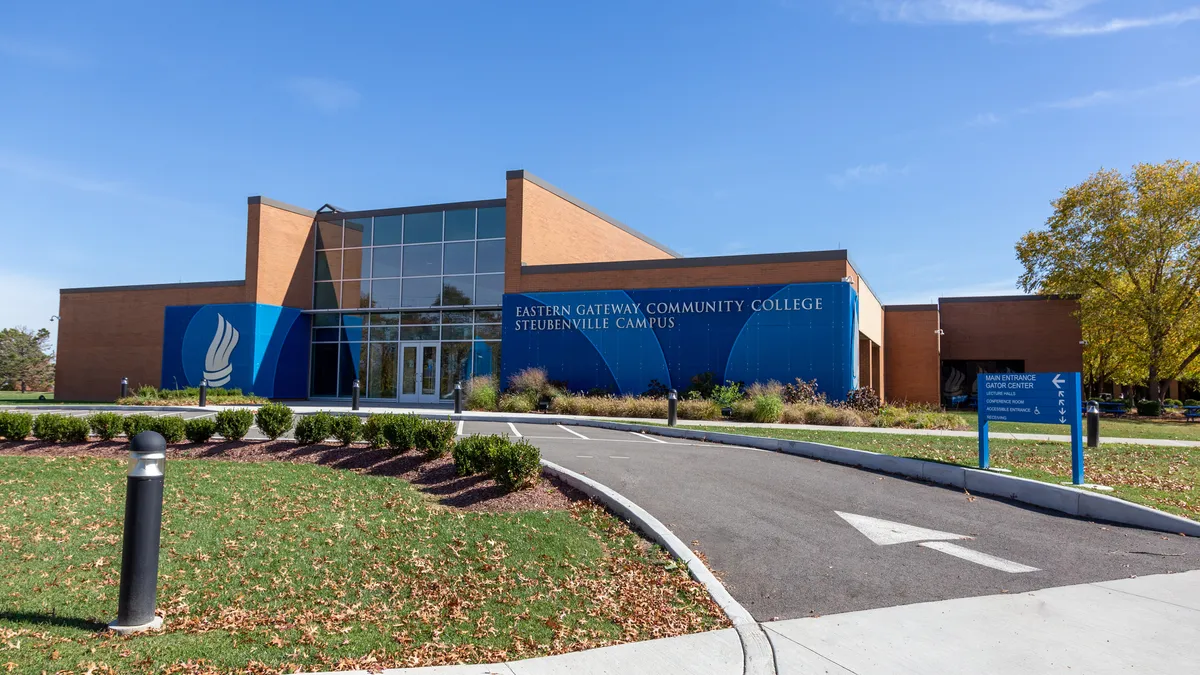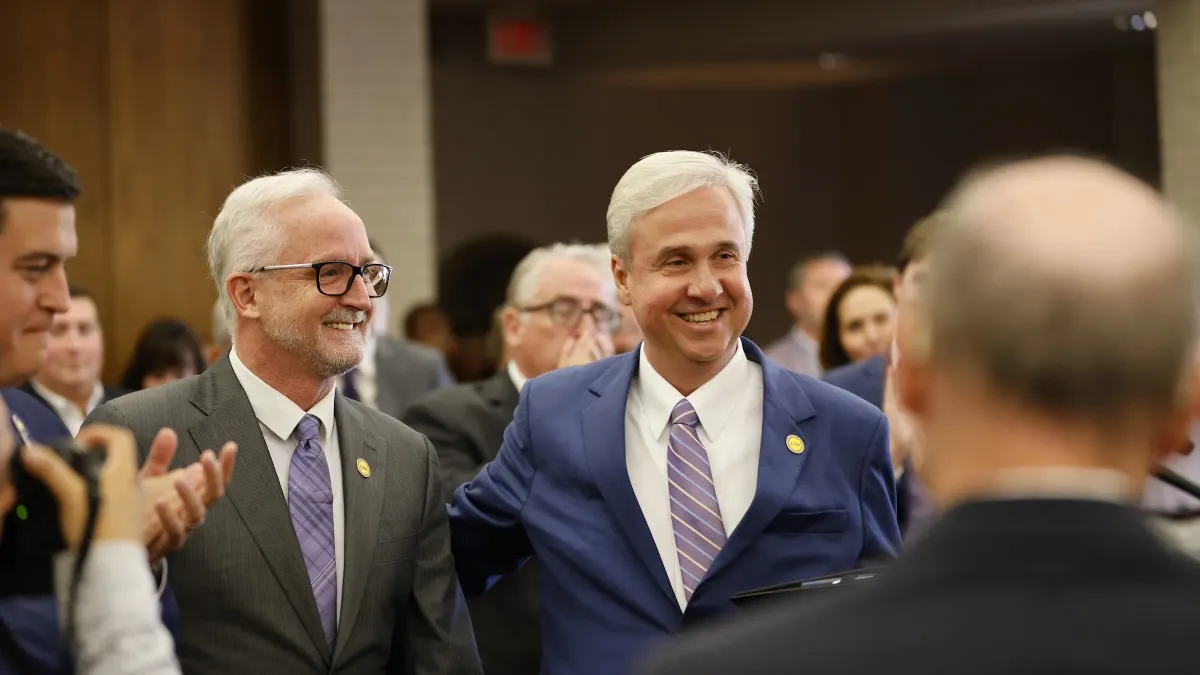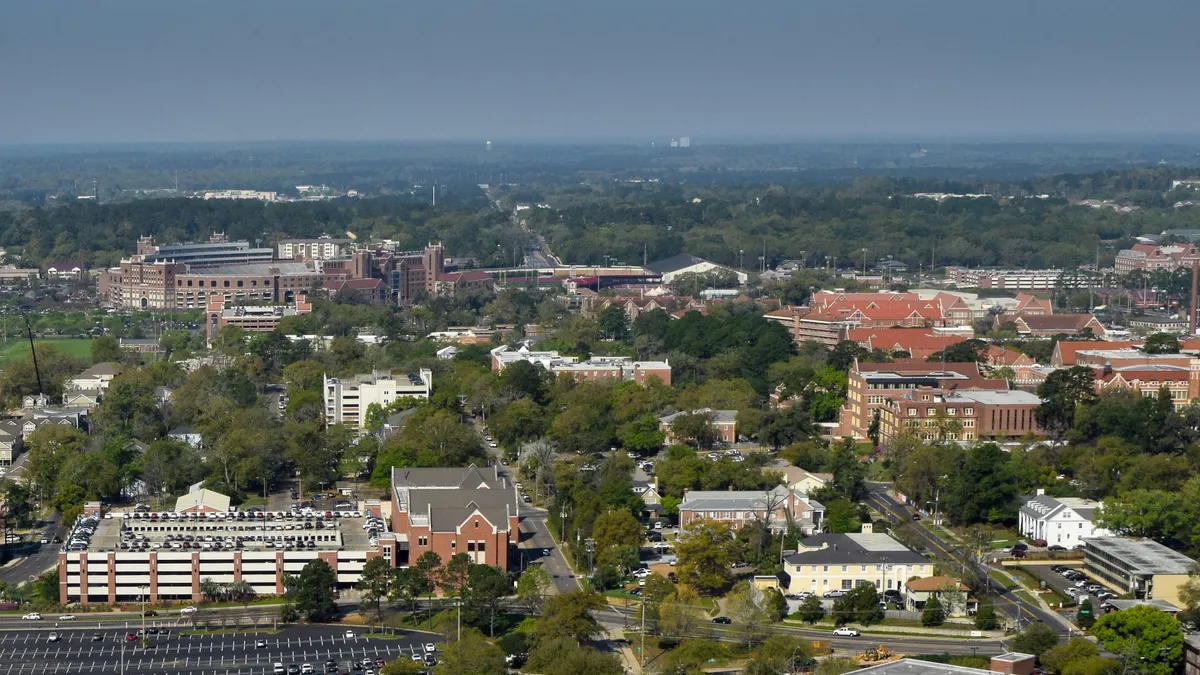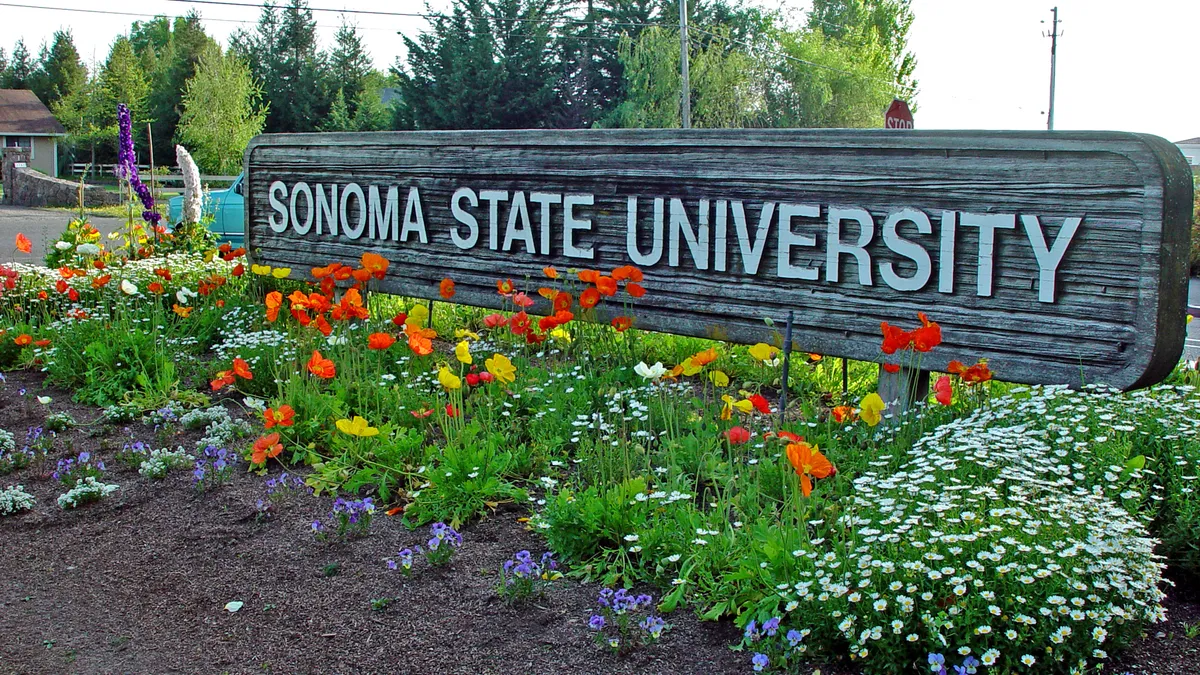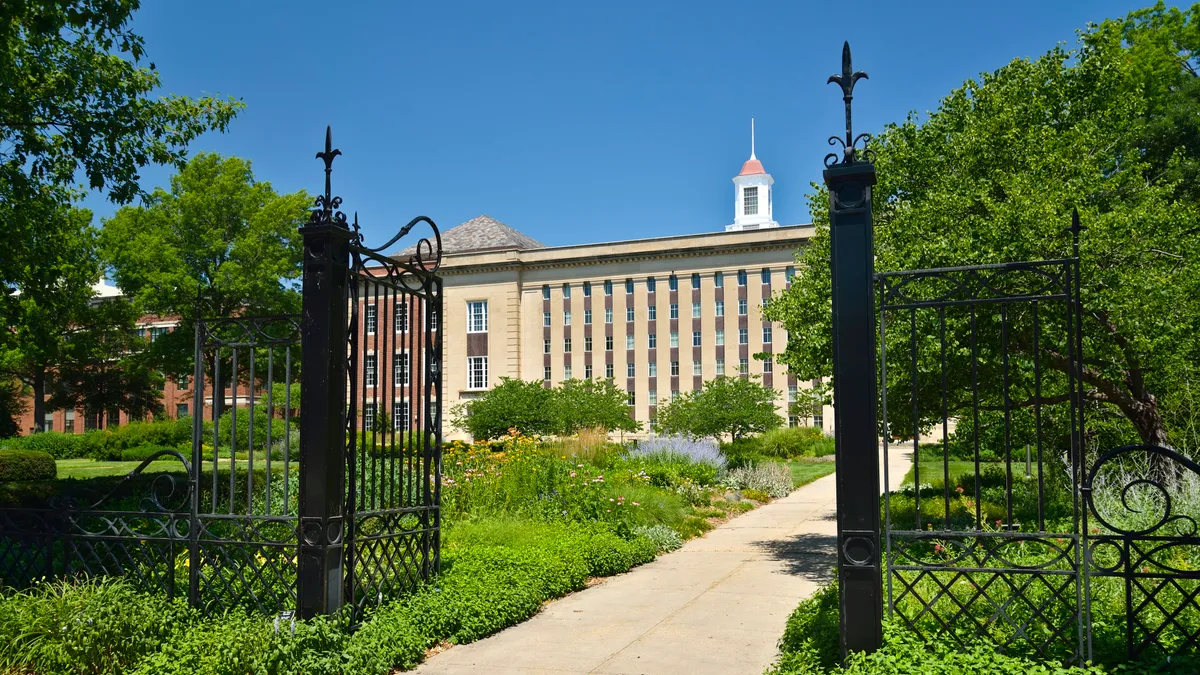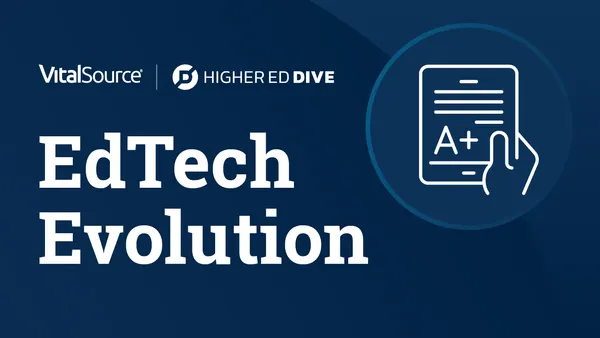Anthony Knerr is managing director of AKA Strategy, a strategic consultancy to higher education institutions, nonprofit organizations and their leaders.
Fires have been rampant in the West, Kentucky experienced record-breaking floods, Lake Mead is at an all-time low, and temperatures across much of the United States broke records this summer. The evidence of serious and planet-endangering climate change is growing at an alarming rate.
The Inflation Reduction Act of 2022 recently signed into law by President Joe Biden is a seminal step forward in addressing the existential challenge of a hotter planet. It has the potential to begin to enable an energy future that is safer and possibly cheaper.
Central to the success of the act is higher education. There will be huge demand for well-trained and well-educated workers at all levels in the clean-energy sector — from executives to engineers, technicians to lawyers, policymakers to financial analysts, ethicists to community clean energy experts. At the same time, there will be significant opportunities for higher education researchers, laboratories, scholars and thinkers to discover, invent and market the new generation of technologies. They will also have the chance to explore and delineate the necessary policy positions, legal grounding and community engagement to ensure thoughtful, equitable approaches to environmental justice.

Many universities and colleges have made significant climate commitments and invested considerable resources in clean energy. Many established and expanded sustainability programs and schools. Many made saving the planet a central tenant as they adapt to a radically different future.
I believe there are five key areas for colleges and universities to focus on over the next half decade or so to help ensure that the world does not burn itself up.
1. Continue to strengthen the resiliency of campus infrastructure.
Many — but not all — institutions are reducing their carbon footprints with the long term in mind, from basic recycling programs to implementation of complex cogeneration and solar energy projects. But it’s time for every institution to ensure that it’s ready for climate change and prepare for the impact of extreme weather events.
Institutions in mountainous locations need to be preparing for continuing wildfires and water shortages, those in coastal locations for rising sea levels and increasingly severe and frequent hurricanes. Schools in hotter locations should prepare for much higher temperatures. Central Community College in Grand Island, Nebraska, for instance, undertook a significant diversion project that spared the campus and much of its surrounding community from major flooding.
2. Incorporate climate change themes throughout campus curricula.
Respondents to the 2022 Deloitte Global Millennial and Gen Z Survey placed climate change among their top three most important societal concerns. Students know they will be affected by climate change not only personally, but professionally.
Society needs professionals who understand the implications of a changing climate: mental health counselors who understand the psychological effects; social scientists who examine its impact on human geography and environmental equity; and bankers and investors who can focus on its implications for the global economy.
Yet 70% of middle school science teachers and 55% of high school science teachers do not recognize the scientific consensus on climate change. Of those who address it, 40% do so inaccurately. Higher education has an important opportunity to ensure that every student has at least a fundamental understanding of climate change.
Campuses that expand curricular offerings will contribute significantly to ensuring citizens are knowledgeable about sustainability and developing a workforce skilled in achieving it.
3. Expand and deepen climate change research.
U.S. higher education institutions have conceived, designed and advanced many of the mature and emerging technologies that are reducing emissions and improving air quality. The challenges ahead will require even greater discoveries and inventions from the nation’s globally renowned university laboratories and libraries.
Fostering an environment supportive of multidisciplinary research is imperative for attacking issues as nuanced and broad as climate change. The University of California, Berkeley has championed this by “cluster hiring” multiple faculty members from different disciplines and backgrounds to address a variety of environmental issues. The George Washington University’s Climate and Health Institute studies the impacts of climate change on human health and is working to translate that research into policy.
Increased collaboration among the physical and life sciences, social sciences, and the humanities is necessary to gain deeper understanding of the human-environment interface. Institutional policies need to support this collaboration through revision of tenure and promotion evaluations, integrative seed grants, and networking and training symposia, particularly for junior faculty.
4. Mobilize regional and local partnerships to advance environmental justice.
Universities and colleges are ideally situated to build meaningful partnerships with local businesses, nonprofits and schools to help ensure all residents are aware of the urgency of climate change and adapt accordingly. The University of Southern California’s Sea Grant Urban Ocean Program, for example, works with local communities on climate change adaptation planning, providing educational tools, workshops and funding opportunities. More than 400 institutions are currently participating in the American College & University Presidents’ Climate Commitment, pledging not only to pursue climate neutrality in their own operations but also to provide the education, research and community engagement needed for the rest of society to do the same. But this only represents roughly 10% of the almost 4,000 U.S. degree-granting postsecondary institutions. There need to be more initiatives, like the Midwest Climate Collaborative and the University Climate Change Coalition.
Because climate change will have a far more serious impact on low-income communities and underdeveloped countries, there is a pressing need to ensure attention is being paid to environmental justice. There are early signs of higher education advancing focus in this area. Colorado State University recently established a Center for Environmental Justice, and the University of Michigan School of Environment and Sustainability now offers a master’s degree in environmental justice.
5. Make climate change mitigation central to institutional strategic thinking, planning and action.
Climate change may well be the most difficult challenge mankind has ever faced. Not only is time short, achieving true sustainability will require massive and complex changes in almost everything we do: from fossil fuels to clean energy, gas to electric vehicles, food generation to supply.
It has been hard to generate societal and governmental determination to save the planet. Higher education is a critical player in ensuring we get it right. Building an institutional culture of environmental sustainability is essential for colleges to play that role.
Central to doing so is placing climate mitigation at the core of institutional strategic thinking, planning and action. Every strategic plan going forward should have environmental sustainability as a fundamental value, reducing carbon footprint as a central objective, and achieving environmental equity as a key goal.
Institutions that meet and exceed expectations from all of their stakeholders will improve their campus sustainability and gain credibility on campus and off as responsible, future-oriented organizations. They will also help the country become a world leader in the effort to save the planet.

